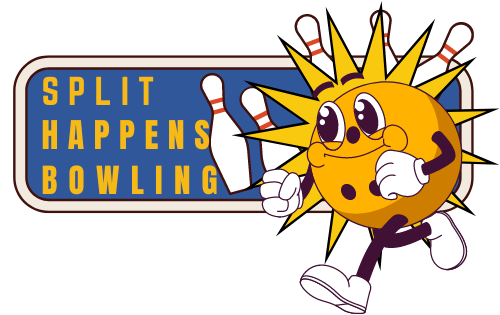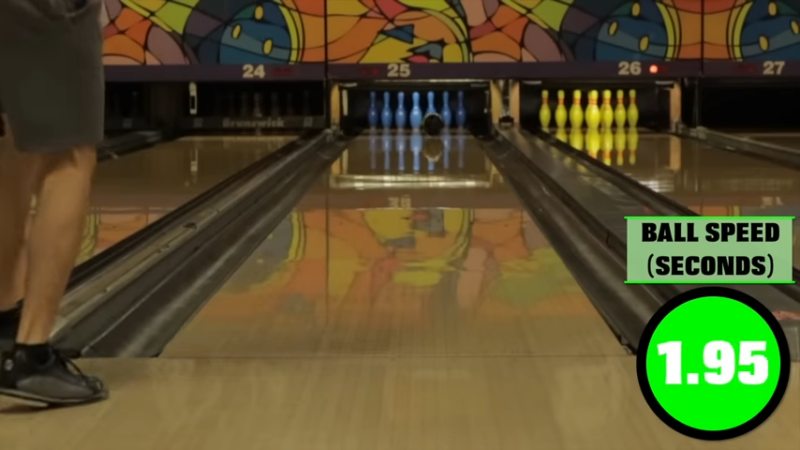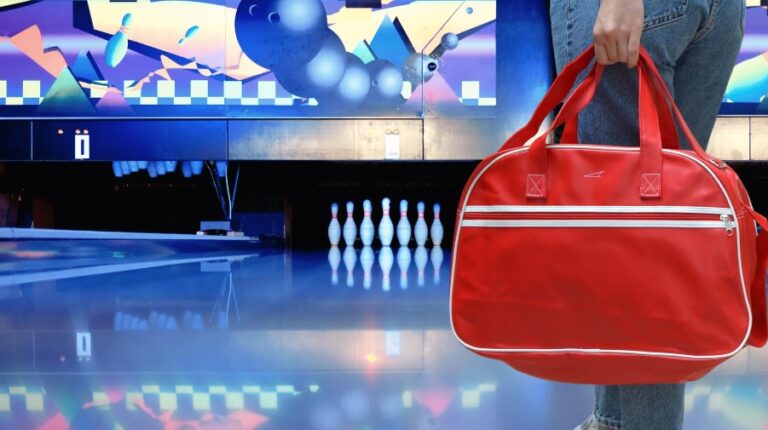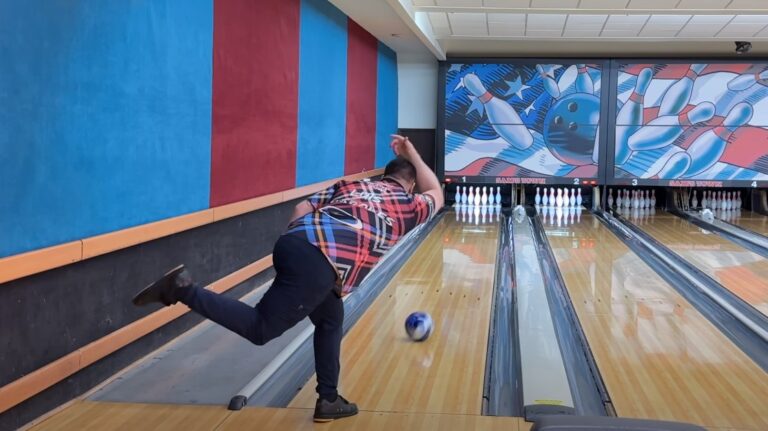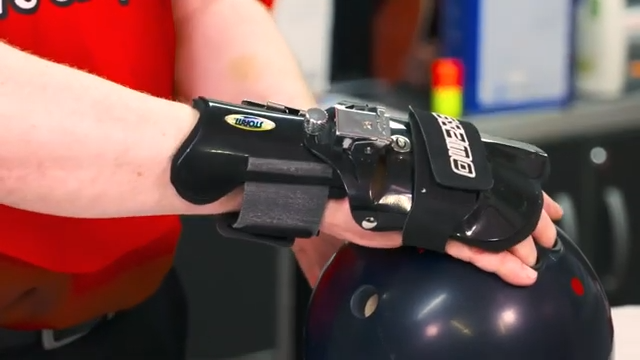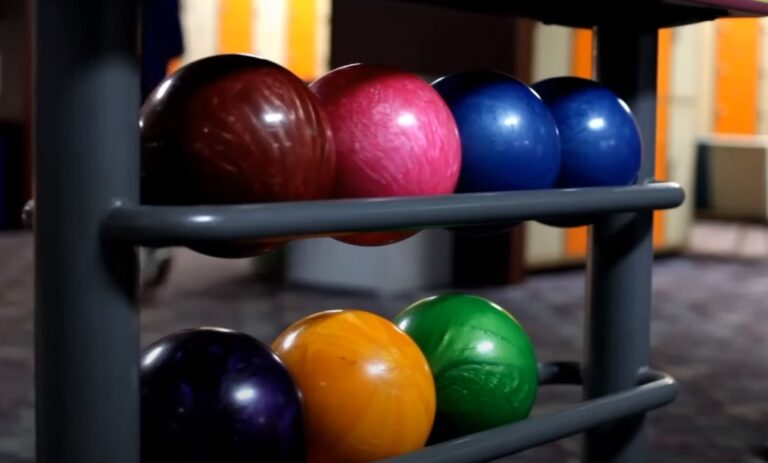If you’re like me, you’ve probably wondered how fast your bowling ball is zipping down the lane and whether or not it is up to the standards.
Guess what? Today, I will talk about this not-so-mystical aspect of measuring your bowling ball’s speed. And no, you don’t need a physics degree or a stopwatch tattooed on your arm to figure it out. Just some common sense and simple maths. Let’s get right into it.
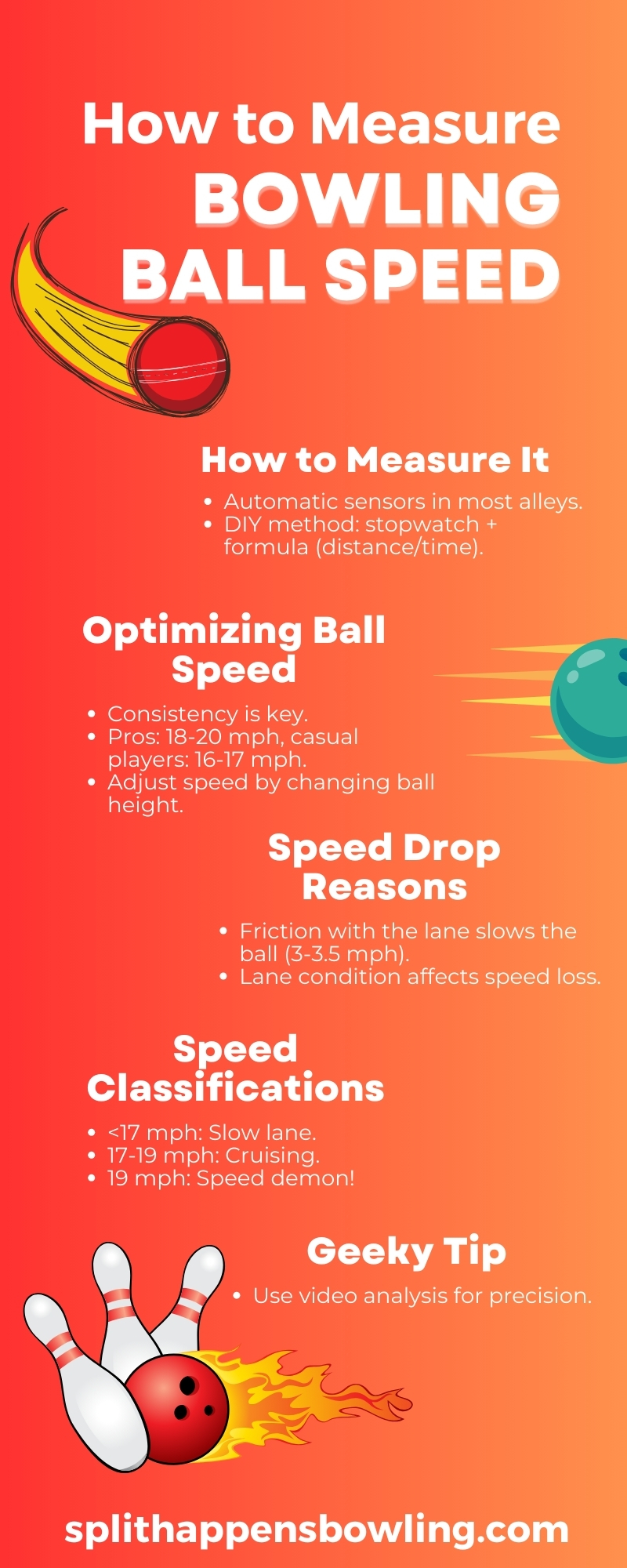
Why Should You Care About Ball Speed?
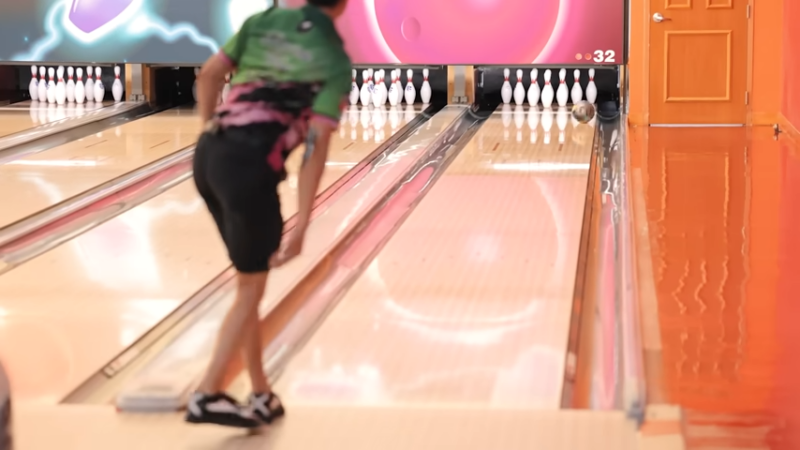
Ball speed isn’t just a number that makes you look cool. It’s essential for figuring out how much your ball is going to hook and how well it’s going to smack those pins around. In simple terms, speed affects your game big time.
How Do You Measure It?
Most bowling alleys are already one step ahead and have these nifty automatic systems that use sensors to track how fast your ball is hurling towards the pins. It’s like having a tiny radar gun.
If you’re feeling a bit old school or you’re at an alley that believes in the charm of the analog, here’s a DIY method:
- Grab a stopwatch (your phone has one, no need to dig through your junk drawer).
- Time how long it takes your ball to travel from the foul line (where you let go of the ball) to the pins. That’s about 60 feet, by the way.
- Whip out this formula: Speed = (60 feet / time in seconds) × (1 mile / 5280 feet) × (3600 seconds / 1 hour). And voila, you have your speed in mph. Don’t worry, no one will judge if you use a calculator.
How to Optimize Your Ball Speed
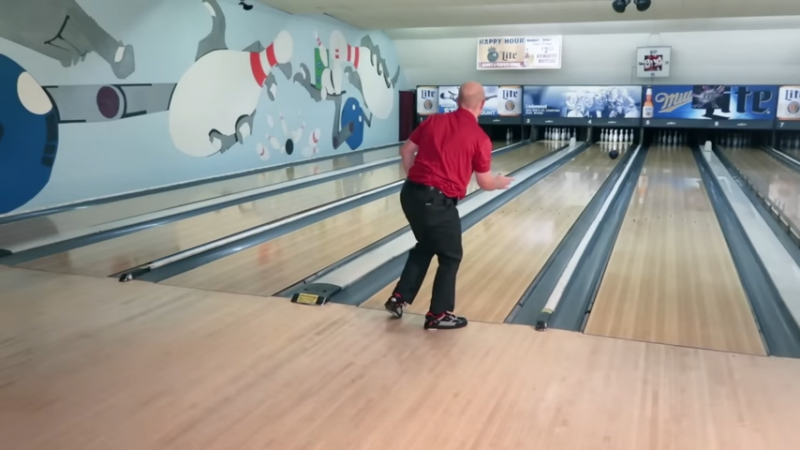
Consistency is key. Whether you’re a newbie or a seasoned pro, keeping your ball speed consistent can make or break your game. Most pros throw between 18-20 mph at the start of the lane.
Us mere mortals (a.k.a. league or casual players) usually measure up a bit slower at 16-17 mph by the time the ball is done doing its thing.
Adjusting Your Ball Speed
Here’s a quick tip: if you want to throw faster, raise the ball at the start of your approach. This gives you a higher backswing and more oomph. Want to slow down? Do the opposite. It’s a bit like adjusting the volume on your radio—only with a 15-pound ball.
Why Does the Speed Drop?
Did you know that your ball slows down by about 3 to 3.5 mph by the time it hits the pins? It’s not slacking; it’s just the friction from the lane having a little party with the surface of your ball. If the lane is slick with oil, it’ll slow down less.
What’s Considered Fast, Slow, or Just Right?
- Less than 17 mph: You’re in the slow lane.
- 17 to 19 mph: You’re cruising at bowling highway speeds.
- More than 19 mph: Congrats, you’re a speed demon!
Geeky Extra Tip
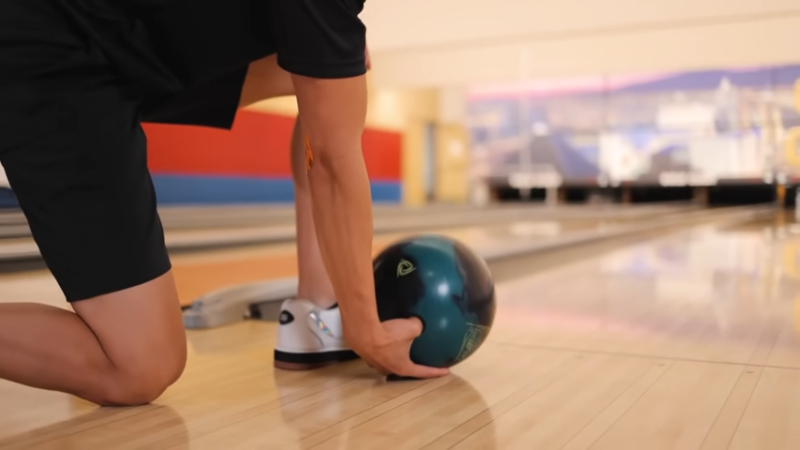
If you want to be super precise, use video analysis. Film your throw, use some fancy software (or just a good eye), and calculate the speed based on how quickly your ball crosses set markers.
To Sum It All Up…
- Measure with sensors at the alley for hassle-free speed tracking.
- Use a stopwatch for a fun DIY speed session.
- Adjust your throw by changing the ball height during your approach.
- Know your speed impacts: It changes your game strategy and how the pins fall.
- Remember the friction factor: More oil, less slowdown.
- Speed classifications help you understand where you stand.
The Bottom Line
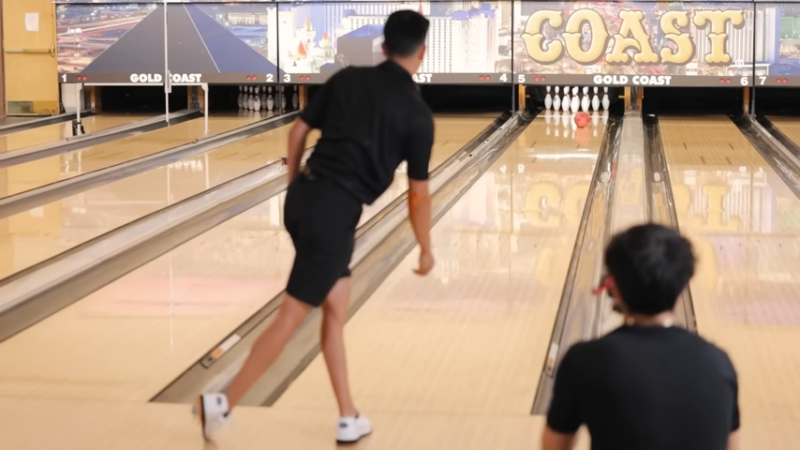
Measuring your bowling ball’s speed isn’t rocket science, but it might just give you the edge you need to up your game and impress your friends (or at least give you bragging rights over that pesky lane rival).
Once you’ve got your speed dialed in, choosing the perfect bowling ball becomes even more crucial. With the right equipment tailored to your style, you’ll be unstoppable on the lanes.
With the info I provided, you can measure your speed, adjust as necessary, and maybe, just maybe, find yourself ruling the lanes. Or, at the very least, you won’t be the slowpoke of the group. Good luck out there!
